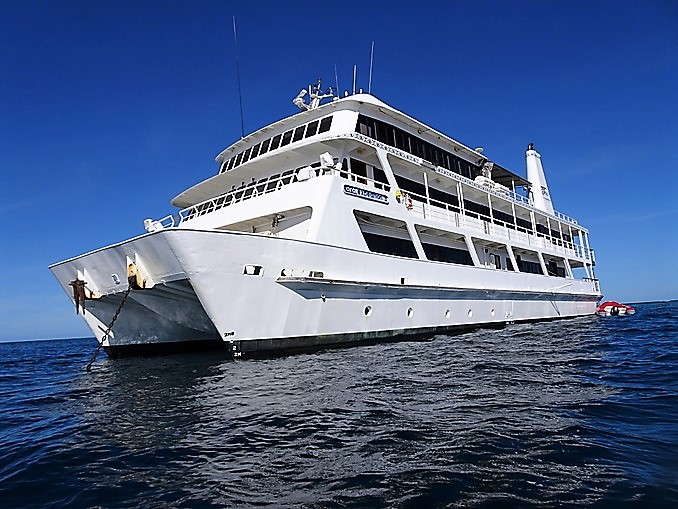
Coral Expeditions to the Reef – Endless days of snorkelling bliss, as long as you’re wearing a stinger suit
The Great Barrier Reef stretches for 2300 kilometres along the Queensland coast and is, in fact, made up of 3000 individual reefs and 600 continental islands. In terms of square kilometres, it’s about the same size as Italy, Japan or Germany. And 1625 different types of fish call it home.
I picked up these facts aboard the ship Coral Expeditions II, a catamaran that has been taking passengers out to the reef on three, four and seven-day cruises for a couple of decades now.
With so many reefs and so many fish (as well as 133 different types of sharks and rays), you would think that good sightings, excellent snorkelling and diving were a given. But not so; there’s a bit to contend with.
I’ve often been disappointed in the past as I’ve struck dull days with cloudy skies, patchy coral, choppy seas and even a couple of cyclone warnings. Add to that one has to be on the lookout for stingers and hope against hope not to be bitten by sea lice.
But somehow all the stars aligned and my trip to the reef in early April 2018 was nothing short of superb, despite the fact I had to slip into a stinger suit. The stinger season (where box jelly fish and tiny Irukandji inhabit the warm waters) is generally from November to June, although the crew were at pains to tell us that there weren’t many around at the time we were here. Nonetheless everyone, and there were only 27 passengers on board, bought a stinger suit ($30). If you think ‘Emma Peel from the Avengers meets the Teenage Mutant Ninja Turtles’, you get the look. If the idea of slipping into what is ostensibly a big pair of pantyhose is daunting, then diet for a couple of weeks beforehand and make sure you’re wearing your swimming costume underneath!
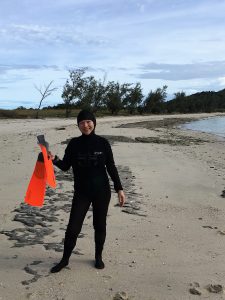
As our ship pulled out from Cairns, Captain Gary, an Irishman from Cork, warned that Cyclone Iris, which I’d been monitoring for a few days, was still lingering around. However, as it was heading south, and we were heading north, he said we might only get a few ‘lumpy’ seas. I do love that nautical talk.
Once again, the gods were smiling on us and it was virtually smooth sailing all the way. Coral Expeditions II (formerly called Coral Princess II) was designed for the reef. Built in 1985, it’s a small ship (just 35 metres long) with capacity for 44 guests in 22 cabins. I love small ships for the camaraderie and my four days aboard CEII provided just that. We were a happy bunch of sailors – a band of Aussies and a fair sprinkling of Canadians, British, Germans and Swedes with a few Kiwis too.
The atmosphere is casual, where you mix and mingle over dinner and drinks and meet new friends in the glass-bottom boat and the Explorer tender boat. Both of these craft are launched from the stern; the tender is used for beach landings.
I was surprised how many people signed up for scuba diving classes; the ship provides a free orientation and beach dive; after that, each tank dive (of around 30 minutes) is $95, which is pretty good value.
I stuck to snorkelling and what magical snorkelling it was. Donning our stinger suits for the first time, we snorkelled straight from the beach at Lizard Island – (at a place called Watson’s Bay) – and within no time I encountered a turtle. I followed him for awhile. Further out to sea, I drifted over the ‘clam gardens’, a rather large area where these creatures, which appear to have blue lips, are embedded in the coral. As I drifted over them, they closed up quickly, and it looked for all the world as if they were winking at me. Some clams sit on the ocean floor, others live among the soft corals and others seem to like the tight squeeze and safety of being surrounded by a protective hard coral.
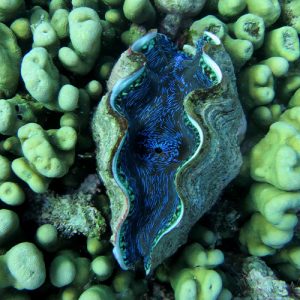
Over the next two days, we visited two ribbon reefs – no. 3 and no. 10. Ribbon reefs wind along the outer Great Barrier Reef and thousands of years ago were actually the coastline of the Australian continent. They offer the best diving and snorkelling as they are very remote and not visited by boats of day-trippers. We didn’t see another vessel there in the vast blue ocean during our four days.
My favourite spot was Escape Reef, visited on the last day. The ship pulled in within two metres of the reef and once the rear platform had been lowered we were free to swim, snorkel and dive from it, at our leisure for almost two hours. It was the best snorkelling of the trip.
Coral Expeditions is a terrific operation – the crew knows the reef well. Expedition staff are on hand to help newbie snorkellers get the hang of things and they will personally accompany individuals who might be a little scared of venturing off on their own. There was always a crew member on look-out, watching over us from a top deck, and another nearby in a Zodiac craft. When not frolicking in the deep, we passengers were treated to videos and talks on the reef and learnt about coral bleaching and the notorious Crown of Thorns starfish. By the time we jumped in, we were all on the lookout for parrotfish, angelfish and the elusive Nemo (the cute clownfish or anemonefish). I didn’t spot him, but others did. Some also saw the harmless black-tipped reef sharks and the spiny looking lionfish.
The four-day trip included a morning stop in Cooktown, where explorer James Cook spent 44 days mending the Endeavour in 1770. It’s a great fishing town with a definite frontier feel; I hadn’t been there for 20 years and to me, it looked very much the same albeit with a couple of smart-looking cafes. A visit to the Cook Museum (a former Sisters of Mercy Convent) was a real treat, especially when you come face-to-face with the anchor of the Endeavour and one of its cannon, which was thrown overboard to lighten the ship when Cook’s vessel ran aground on the reef on June 11, 1770.
A fascinating museum and a great cruise itinerary. http://www.coralexpeditions.com
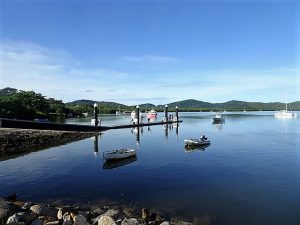
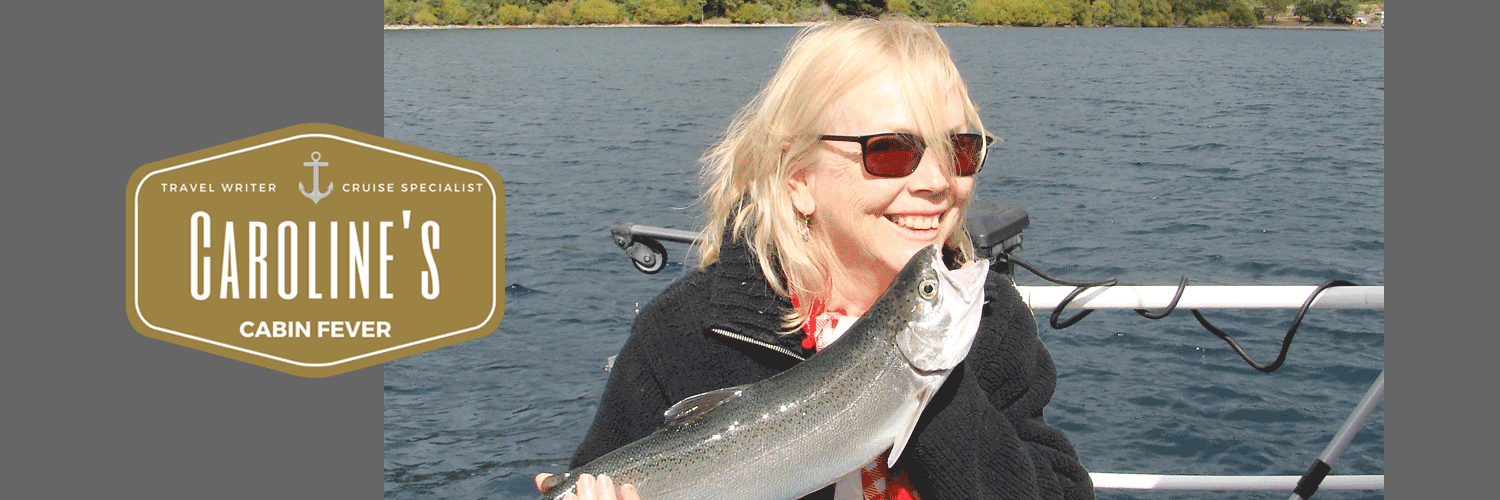
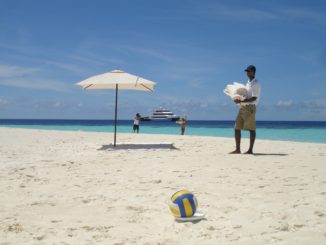
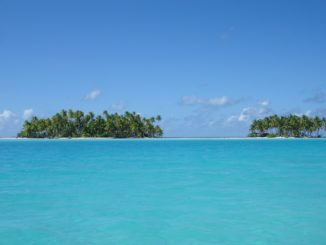
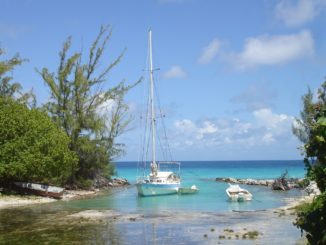
Be the first to comment